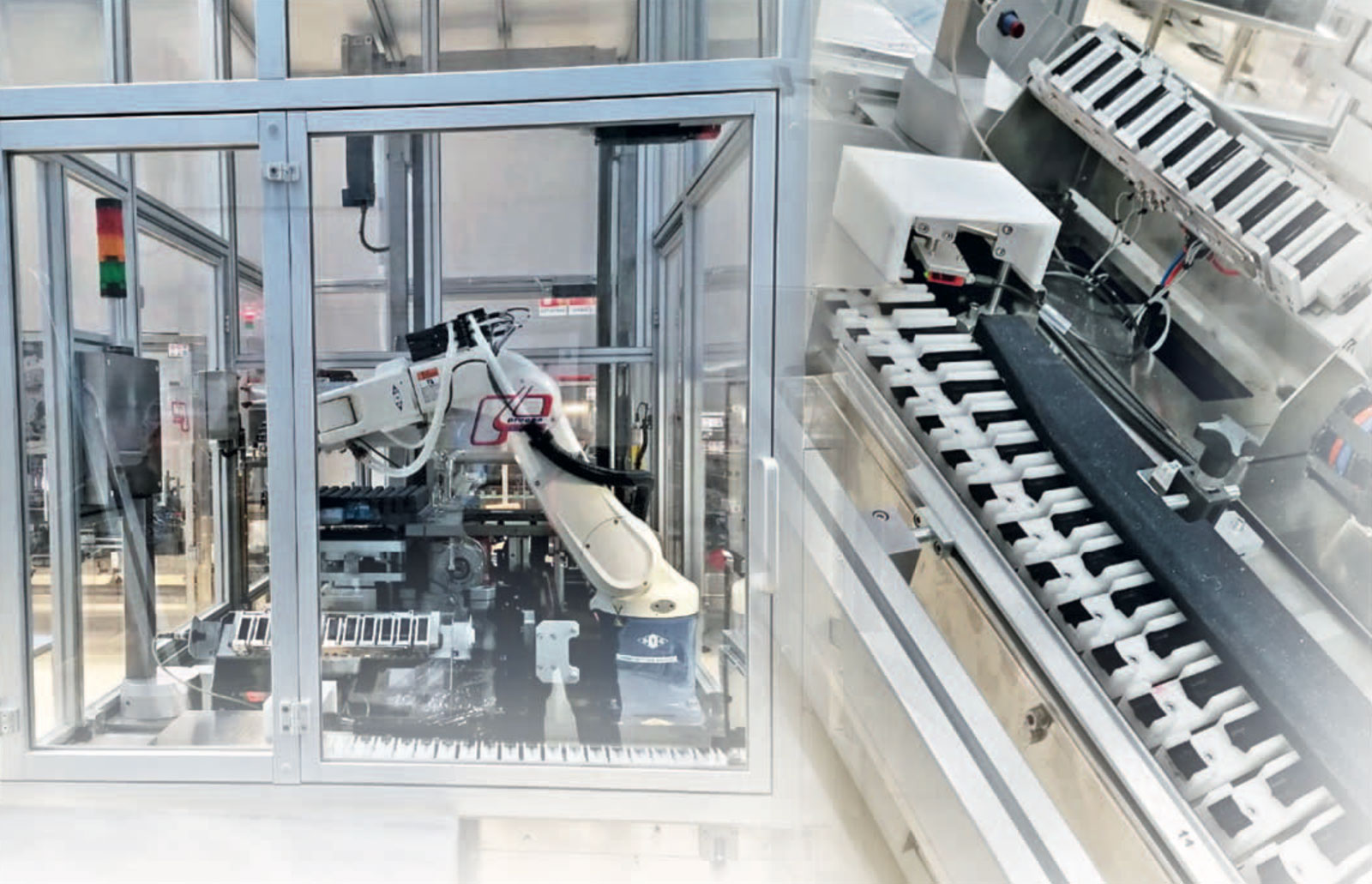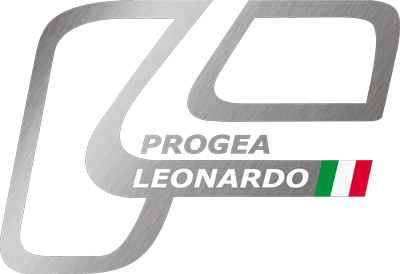
Higher productivity for packaging lipstick
04-03-2024
Progea Leonardo, in partnership with K.L.A.IN.robotics, launches a new lipstick packaging system

Progea Leonardo, a dynamic and innovative young company that has been working for years in the sector of special machines and mechanical equipment (of which it follows the entire design phase, up to the realisation of the machinery itself) likes challenges. And above all, they like to win them. Just as happened recently with the new lipstick packaging system, realised in partnership with K.L.A.IN.robotics. The system, created for a well-known Italian cosmetics and beauty products company, is capable of achieving a flow rate of 70 pieces/min and is designed to guarantee high production standards and maximum precision.
Of all the sectors in which it operates, the cosmetics sector is very fascinating, which is why, over the last four years, Progea Leonardo has started producing machines for compacting powder, or for handling finished products such as lipstick and mascara, and volumetric dispensers for creams and liquids. Research, design and automation are the key components that support the company in its growth and that led to the meeting with K.L.A.IN.robotics, for twenty years in the field of robot distribution for the world of factory automation and mechatronics components. "During our technology scouting, we had the opportunity to get to know the innovative solutions of K.L.A.IN.robotics, as well as a highly specialised team," said Angelo Giarola, Technical Engineer at Progea Leonardo. "What we appreciate most about working with K.L.A.IN.robotics is having found a company that, like us, is driven by great passion and positive energy. Thanks to the use of the Denso anthropomorphic robot mod. VS6577, in fact, it was possible to have a productivity increase of 110%, in fact from an initial demand of 60 pieces/min, the machine guarantees 70 pieces/min.
Lipstick packaging
For packaging operations, we use the A19020 machine, built to replace the operator upstream of the lipstick packaging line.
Designed and built in a single portain structure, the machine is divided into 3 distinct areas, loading "A", picking and depositing "B", and unloading empty thermoformed products "C"; all of these areas are controlled by a Safety PLC. The first area "A" is dedicated to the loading area of trays with lipsticks where an operator positions two thermoforms per shelf containing 110 lipsticks each inside a 13-shelf trolley. Obviously to ensure continuous efficiency for the machine, to avoid waiting and wasting time, several trolleys were built to allow operators to fill these 'buffers' while the machine is working. The second area "B" is the work area where a Denso VS6577 anthropomorphic robot has been placed with a vacuum-controlled tool with two independent sockets, a 4-position mechanical rotary table that serves for positioning in the robot area, as a buffer and for the empty thermoformed unloading position. Also located in area 'B' is a small independent pneumatic station that has been called an 'accordion' because it has the same movement and then a precision chain belt with porters dedicated to depositing the product upstream of the labelling and packaging line.
Finally, there is the 'C' unloading area where there is a small warehouse and a pneumatic 4-axle pick & place, which has the task of picking up the empty thermoformed product from the rotary table and stacking it in the empty unloading area. At most, the quantity of trays contained in 4 trolleys can be accumulated. Why was it chosen to divide the machine into 3 separate areas? Because in this way, the production of the downstream packaging line is not penalised, guaranteeing that the anthropomorphic robot is always able to pick up and depopulate without having to keep rearming the auxiliaries every time the doors are opened for the extraction and insertion of a new trolley or for the manual emptying of empty thermoformed trays. This was the winning move that made it possible to meet the customer's demands while also increasing the line's production rates by 10% compared to what could be achieved with manual loading by an operator.

 Via Alessandrina 300 | 27010 Albuzzano (PV) Italia
Via Alessandrina 300 | 27010 Albuzzano (PV) Italia







